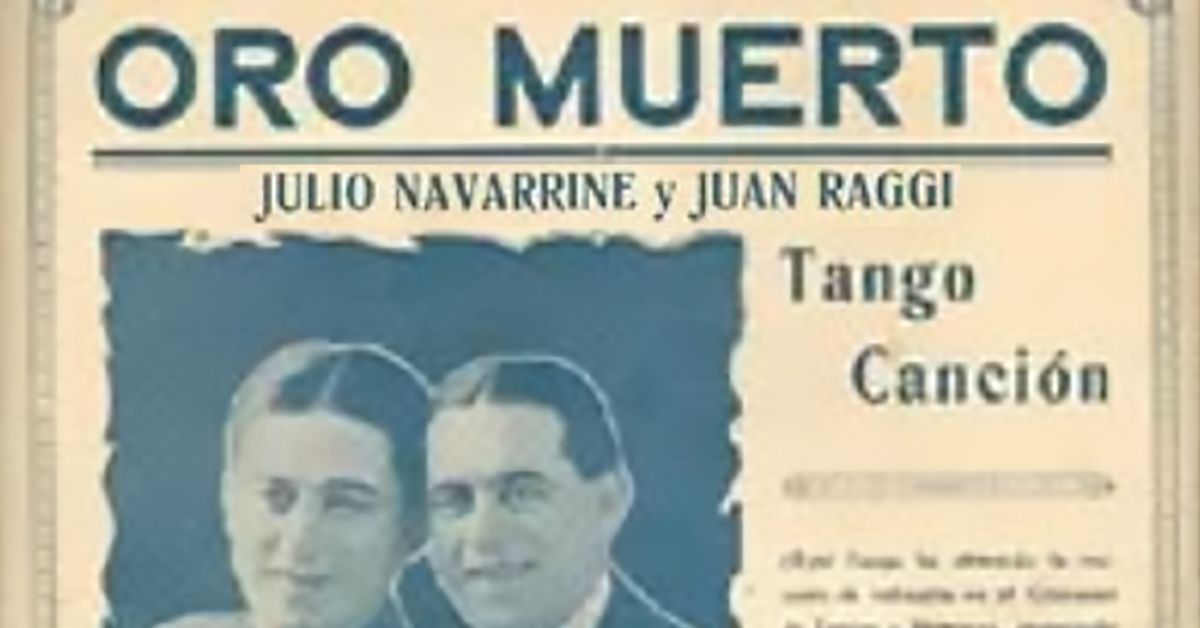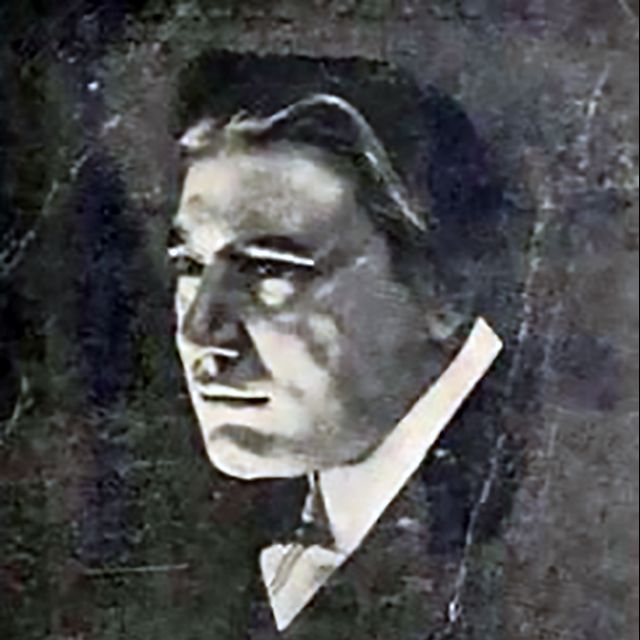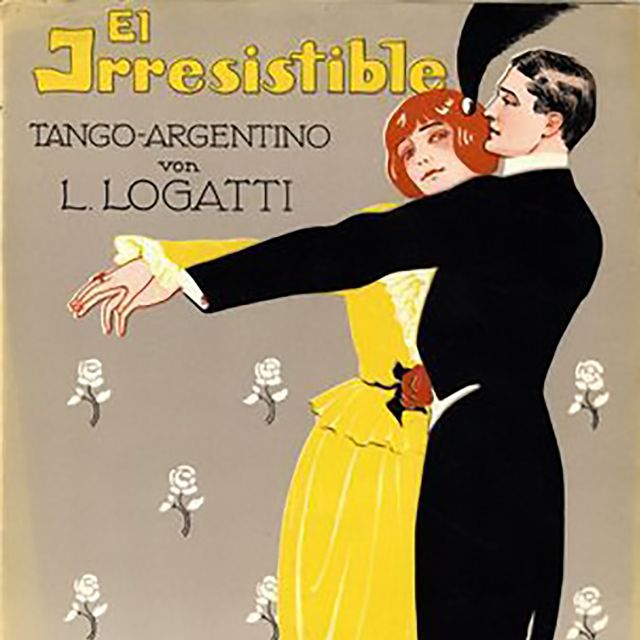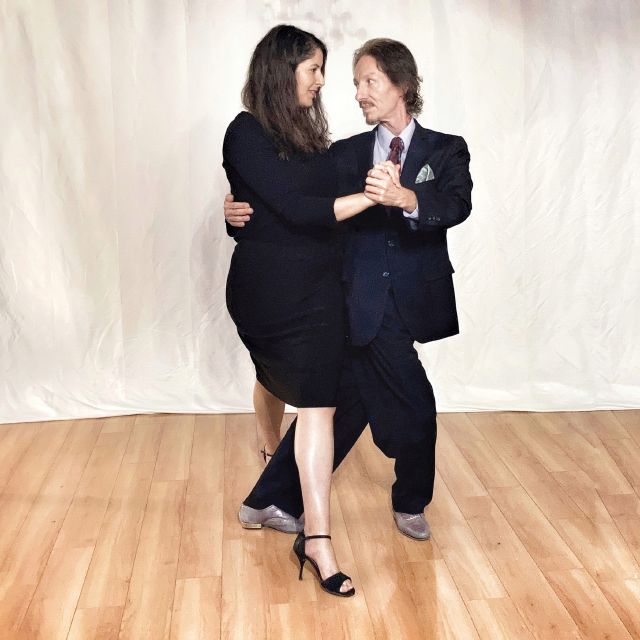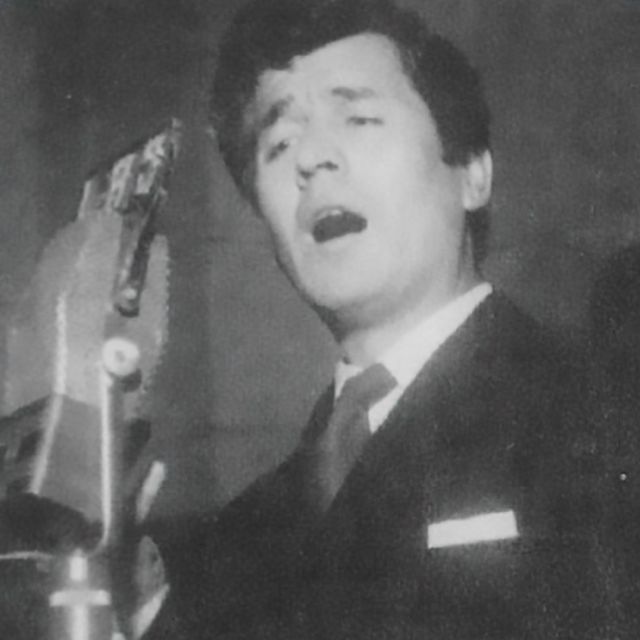“Jirón porteño” by Alfredo De Ángelis y su Orquesta Típica with Julio Martel in vocals, 1946.
“Jirón porteño” by Alfredo De Ángelis y su Orquesta Típica with Julio Martel in vocals, 1946.

Julio Navarrine
Lyricist, composer, singer and actor (20 December 1889 – 11 March 1966)
He wrote a good number of tango lyrics.
In “Oro muerto” (later its title was changed to “Jirón porteño”), this singular promoter of Argentine popular music achieved a beautiful and genuine suburb vignette.
It is his most transcendent work.
Listen and buy:
-
Amazon music
-
iTunes music
-
Spotify
More Argentine Tango music selected for you:
We have lots more music and history
